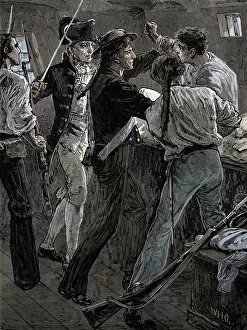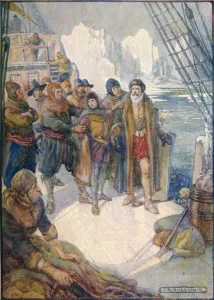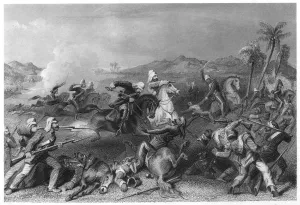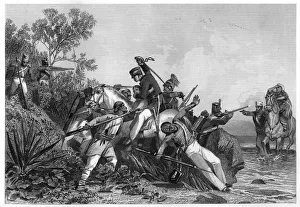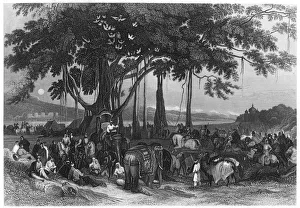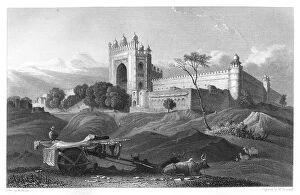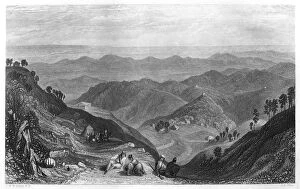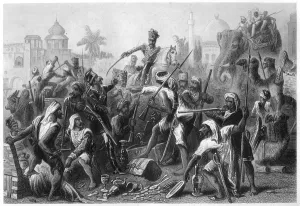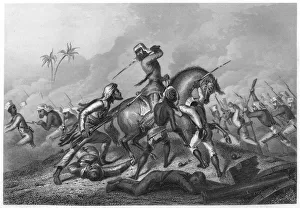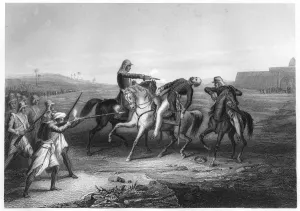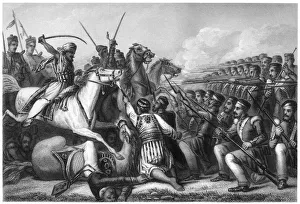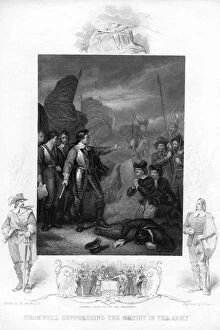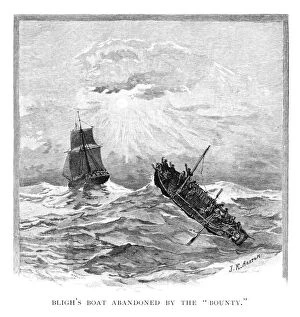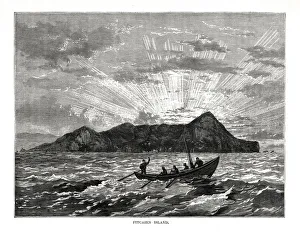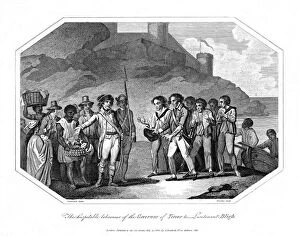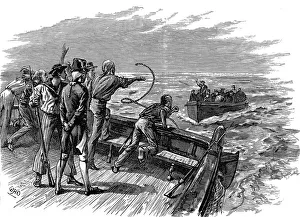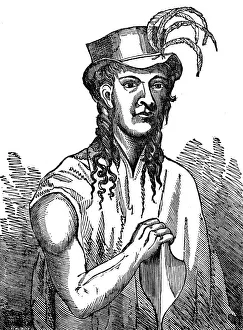Mutiny Collection (page 8)
"Unveiling the Untold Stories: Mutiny Across Time and Continents" Embark on a captivating journey through time as we delve into the tumultuous concept of mutiny
All Professionally Made to Order for Quick Shipping
"Unveiling the Untold Stories: Mutiny Across Time and Continents" Embark on a captivating journey through time as we delve into the tumultuous concept of mutiny. Our first stop takes us back to 1850, amidst the vibrant landscapes of Asia's jewel, India. With an intriguing map in hand, we navigate through the rich tapestry of history. Intricately crafted miniatures catch our eye; three metal Sikh kirpan daggers symbolize both power and rebellion. These small yet mighty weapons serve as reminders of the courage displayed by those who dared to challenge authority. A faded handbill transports us to Leeds' Theatre, where Shakespeare's timeless tragedy "Hamlet" once graced its stage. The allure of this performance echoes with whispers of dissent and defiance that reverberate throughout history. The year 1921 brings forth a pivotal moment during the Kronstadt Mutiny. Rebel forces seize control of battleship Petropavlovsk at Soviet naval base Kronstadt, marking a turning point in Russia's revolutionary struggle for freedom. Our narrative then shifts back to 1857 when rebel sepoys ignited one of India's most significant uprisings against British rule – The Mutiny. As we explore iconic landmarks like Lucknow under siege, tales emerge about heroes who fought valiantly for their homeland's independence. Amidst these stories lies another gem – Koh-i-Noor diamond – whose turbulent past mirrors themes itself. This legendary stone has witnessed countless struggles for power and dominance throughout centuries. Officers involved in the 1857 Mutiny come into focus next; they stand as complex figures caught between loyalty and rebellion, torn apart by conflicting ideologies within their ranks. We cannot ignore maritime mutinies either - H. M. S Bounty sailing across treacherous waters or the infamous Nore incident that shook Britain's naval hierarchy to its core. These rebellions remind us that mutiny knows no boundaries, permeating both land and sea.







